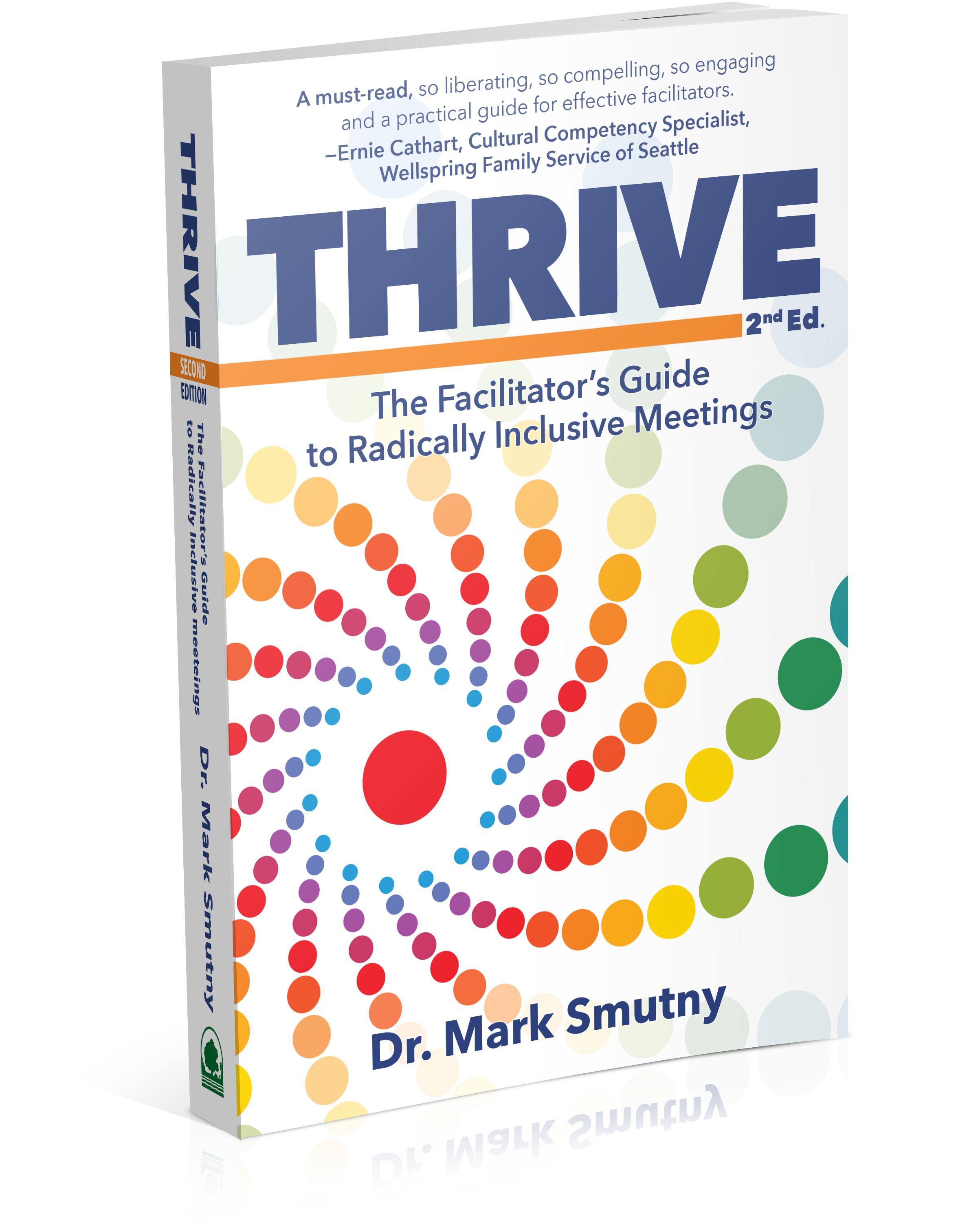 Choose the Correct Communication Channel
Choose the Correct Communication Channel
In our increasingly digital world, communication channels are abundant, ranging from traditional face-to-face meetings to quick instant messages. Navigating when to employ each method can be crucial for effective communication and productivity. Let’s delve into the intricacies of when to meet in person, use email, instant messaging, and phoning.
Meeting in Person:
In an age dominated by digital communication, face-to-face meetings still hold immense value, particularly for complex discussions, negotiations, or relationship-building. Here are scenarios where meeting in person is advantageous:
Complex Discussions:
When the topic at hand requires thorough explanation, brainstorming, or problem-solving, meeting in person fosters better understanding and collaboration.
Building Relationships:
Whether it’s with clients, colleagues, or stakeholders, meeting in person helps establish trust and rapport that can be challenging to achieve through digital means.
Sensitive Matters:
Delicate conversations such as performance reviews, conflict resolution, or delivering difficult news are best handled in person to convey empathy and support.
Email remains a staple in professional communication due to its formality, documentation capabilities, and asynchronous nature. Consider using email in the following situations:
Formal Communication:
Sending official announcements, project updates, or legal documents is best done via email for clarity and record-keeping purposes.
Non-Urgent Correspondence:
When the matter isn’t time-sensitive and requires detailed information, email allows recipients to respond at their convenience without the pressure of an immediate reply.
Crossing Time Zones:
In global teams where time differences pose a challenge, email serves as an effective tool for sharing information without requiring real-time interaction.
Instant Messaging
Instant messaging platforms offer quick and informal communication, ideal for brief exchanges and team collaboration. Here’s when to opt for instant messaging:
Quick Questions:
When seeking immediate clarification or a brief update, instant messaging enables swift communication without the formality of an email or phone call.
Team Collaboration:
Instant messaging fosters real-time collaboration among team members, allowing for spontaneous discussions, file sharing, and brainstorming sessions.
Informal Communication:
For casual conversations, water-cooler chats, or quick status updates, instant messaging platforms create a sense of camaraderie and accessibility among team members.
Phoning
While phone calls may seem outdated in the era of texting and emailing, they remain indispensable for certain situations:
Complex Discussions:
When nuances could be lost in written communication, such as tone or emotion, phone calls offer a more personal touch, fostering clearer understanding.
Urgent Matters:
In urgent situations that demand immediate attention or decision-making, a phone call ensures prompt communication and resolution.
Sensitive Conversations:
Similar to in-person meetings, phone calls are suitable for sensitive discussions where empathy and active listening are paramount, such as consoling a colleague or delivering bad news.
Choose Wisely
In conclusion, the choice of communication channel depends on various factors including the nature of the conversation, urgency, and desired level of formality. By understanding when to meet in person, use email, instant messaging, or phoning, individuals and organizations can optimize communication for efficiency, clarity, and relationship-building in both professional and personal contexts.
For More Ideas and Resources
For help with your organization’s challenges and an array of innovative solutions, check out my website at https://civicreinventions.com. Then email me at mark.smutny@civicreinventions.com or give me a call at 626.676.0287. I will respond personally to every inquiry.
Dr. Mark Smutny is a nonprofit consultant specializing in conflict resolution, strategic planning and DEI immersion workshops. He teaches, writes and consults on ways for nonprofits to turn unproductive conflict to mission success. He is the award-winning author of the book Thrive: The Facilitator’s Guide to Radically Inclusive Meetings, 2nd. Ed.
© 2024 Mark Smutny and Civic Reinventions, Inc. All rights reserved.
